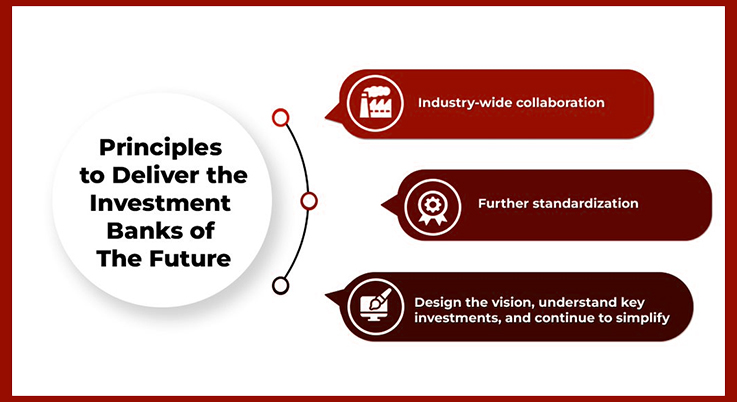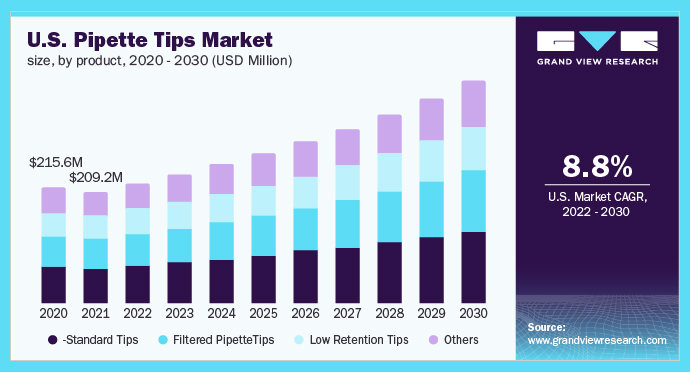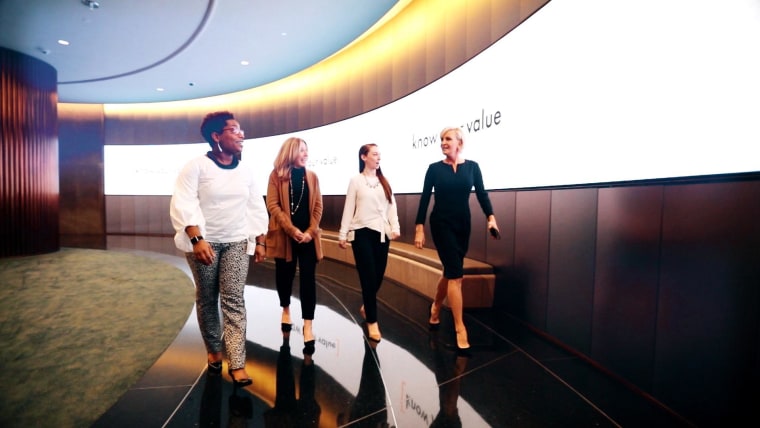Recent revelations regarding the escalating expenditure on advertisements by the Aam Aadmi Party (AAP) government in Delhi have stirred controversy. A Right to Information (RTI) application has shed light on the government’s increasing spending on ads and publicity since it returned to power for the second time in 2015.
The RTI application, submitted by Kanahiya Kumar, a resident of Vaishali in Bihar, on May 2, 2022, sought information on the Delhi government’s ad spending over the past decade. The response, provided by Shabdarth, the advertising agency of the Delhi government under the Directorate of Information and Publicity, raised several eyebrows.
To the query on the total budget allocated by the state government for advertisements over the last ten years, Shabdarth’s response indicated a significant surge in government spending. Between 2012-13 and 2021-22, the government’s expenditure on “Advertisement and Publicity” and “Other Charges” soared by nearly 44 times. In 2012-13, the expenditure stood at Rs 11.18 crore, while by 2021-22, it had ballooned to Rs 488.97 crores.
Notably, the expenditure in 2012-13 was categorized under “other charges,” including advertisement fees and miscellaneous expenses. The political landscape of Delhi underwent a transformation in December 2013 when the 15-year reign of the Congress-led government under Sheila Dikshit concluded.
In 2013-14, the government spent Rs 25.24 crore on “advertisement and publicity.” The following year, 2014-15, during the rule of the lieutenant governor due to Arvind Kejriwal’s resignation in February 2014, Rs 11.12 crore was allocated for “other charges.” However, the scenario changed when Kejriwal returned to power after the 2015 Assembly elections.
Subsequently, government spending on ads saw a steep incline. In 2015-16, Rs 81.23 crore was allocated, with a minor dip to Rs 67.25 crore in 2016-17. However, the expenditure surged again to Rs 117.76 crore in 2017-18 and reached Rs 199.99 crore in 2019-20.
During the COVID-19 pandemic year of 2020-21, spending on advertisements and publicity reached a record high of Rs 293.20 crore before peaking at Rs 488.97 crore in 2021-22.
Another query sought month-wise spending by the Delhi government on advertisements in the past three years, revealing a substantial month-to-month increase. Notably, in May 2020, during the first wave of the pandemic, there was no expenditure on advertising and publicity. However, the data showed a remarkable month-wise increase, rising from Rs 2.54 lakh in April 2019 to a staggering Rs 125.15 crore in March 2021.
These revelations have raised concerns, with opposition parties in Delhi often criticizing the AAP government for allocating substantial sums to advertisements while seemingly allocating fewer resources to actual schemes and initiatives.
A notable example was the government’s spending on the bio-decomposer scheme, where it was reported that the government spent Rs 68 lakh between 2020-21 and 2021-22 on implementing the scheme, while concurrently allocating a significant Rs 23 crore for advertising the project.
Furthermore, the Comptroller and Auditor General (CAG) recently highlighted concerns about the government’s ad spending. The CAG’s report identified issues related to the non-routing of classified advertisements by five state agencies through their administrative departments. This led to excess expenditure of Rs 1.10 crore as they couldn’t avail of lower Directorate of Ad and Visual Publicity (DAVP) rates.
The CAG also noted challenges in accessing government documents for conducting the audit, with only 34% of the requested files related to advertisements being made available. The audit’s findings indicated that a comprehensive review of the government’s expenditure on advertisements and publicity was not feasible due to the incomplete data provided.
In summary, the growing expenditure on advertisements by the Delhi government has drawn criticism and sparked controversy, with concerns raised about the allocation of resources and transparency in government spending.




